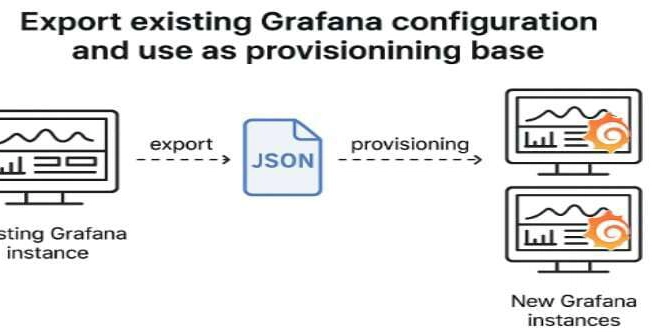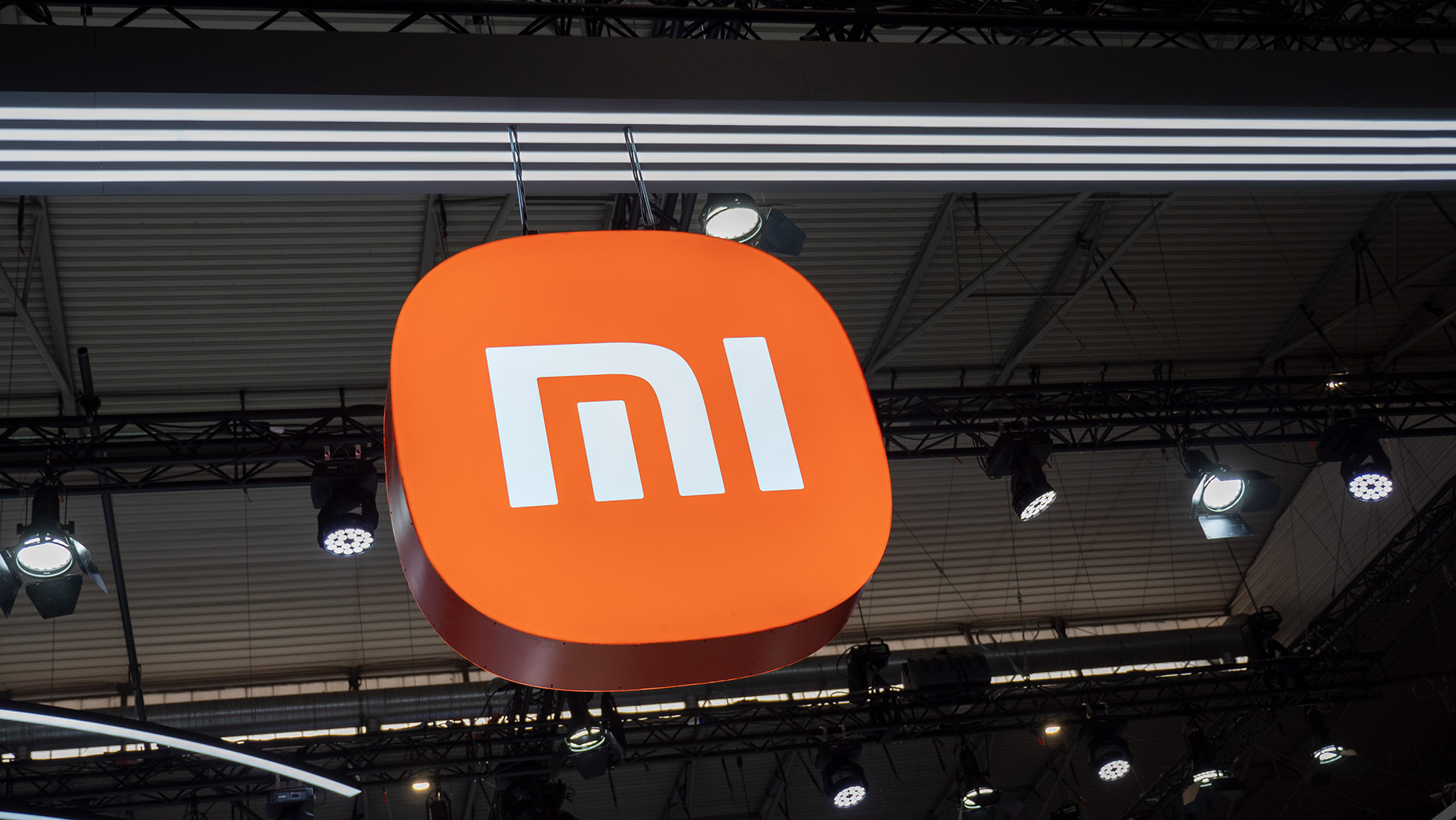Hyperlane: A High-Performance Rust HTTP Server Framework Outperforming Go and Node
Introduction Hyperlane is a lightweight, high-performance Rust HTTP server library designed for modern web services. Built on Tokio’s async runtime, it simplifies network development while delivering exceptional speed, cross-platform compatibility, and real-time communication support. With benchmarks surpassing Go, Node.js, and even Rust’s standard library, Hyperlane is redefining efficiency in web service development. Key Features Blazing Fast Performance: Hyperlane outperforms popular frameworks in QPS benchmarks: 340k QPS (Tokio) vs. 324k QPS (Hyperlane) vs. 224k QPS (Gin/Go) under 360 concurrent connections. Handles 100M+ requests with minimal overhead, ideal for high-traffic applications. Cross-Platform & Lightweight: Built with pure Rust and zero platform-specific dependencies, Hyperlane runs seamlessly on Windows, Linux, and macOS. Real-Time Communication: Supports WebSocket and Server-Sent Events (SSE) out of the box. Middleware Flexibility: Easily add request/response middleware for logging, headers, or custom logic. Minimal Boilerplate: Simple API for routing, middleware, and server configuration. Code Example: Build a Server in 5 Minutes use hyperlane::*; async fn root_route(ctx: Context) { ctx.set_response_status_code(200) .await .set_response_body("Hello hyperlane => /") .await; } #[tokio::main] async fn main() { let server = Server::new(); server.host("0.0.0.0").await; server.port(60000).await; server.route("/", root_route).await; server.run().await.unwrap(); } Performance Benchmarks Tested under 360 concurrent connections for 60 seconds: Tokio: 340,130.92 QPS Hyperlane: 324,323.71 QPS Rocket (Rust): 298,945.31 QPS Go Standard Library: 234,178.93 QPS Node.js Standard Library: 139,412.13 QPS Hyperlane’s efficiency rivals Tokio while providing a higher-level abstraction for rapid development. Get Started Now Install: cargo add hyperlane Clone the quick-start template: git clone https://github.com/ltpp-universe/hyperlane-quick-start.git Why Hyperlane? MIT Licensed: Free for commercial and personal use. Active Community: Contributions welcome via GitHub. Real-World Ready: Logging, middleware, and async I/O built-in. Conclusion For developers prioritizing speed, simplicity, and cross-platform support, Hyperlane is the Rust framework to watch. Join the community and build faster web services today! Contact: [ltpp-universe root@ltpp.vip](mailto:root@ltpp.vip) License: MIT | Docs: docs.ltpp.vip/hyperlane/

Introduction
Hyperlane is a lightweight, high-performance Rust HTTP server library designed for modern web services. Built on Tokio’s async runtime, it simplifies network development while delivering exceptional speed, cross-platform compatibility, and real-time communication support. With benchmarks surpassing Go, Node.js, and even Rust’s standard library, Hyperlane is redefining efficiency in web service development.
Key Features
-
Blazing Fast Performance:
Hyperlane outperforms popular frameworks in QPS benchmarks:- 340k QPS (Tokio) vs. 324k QPS (Hyperlane) vs. 224k QPS (Gin/Go) under 360 concurrent connections.
- Handles 100M+ requests with minimal overhead, ideal for high-traffic applications.
Cross-Platform & Lightweight:
Built with pure Rust and zero platform-specific dependencies, Hyperlane runs seamlessly on Windows, Linux, and macOS.Real-Time Communication:
Supports WebSocket and Server-Sent Events (SSE) out of the box.Middleware Flexibility:
Easily add request/response middleware for logging, headers, or custom logic.Minimal Boilerplate:
Simple API for routing, middleware, and server configuration.
Code Example: Build a Server in 5 Minutes
use hyperlane::*;
async fn root_route(ctx: Context) {
ctx.set_response_status_code(200)
.await
.set_response_body("Hello hyperlane => /")
.await;
}
#[tokio::main]
async fn main() {
let server = Server::new();
server.host("0.0.0.0").await;
server.port(60000).await;
server.route("/", root_route).await;
server.run().await.unwrap();
}
Performance Benchmarks
Tested under 360 concurrent connections for 60 seconds:
- Tokio: 340,130.92 QPS
- Hyperlane: 324,323.71 QPS
- Rocket (Rust): 298,945.31 QPS
- Go Standard Library: 234,178.93 QPS
- Node.js Standard Library: 139,412.13 QPS
Hyperlane’s efficiency rivals Tokio while providing a higher-level abstraction for rapid development.
Get Started Now
- Install:
cargo add hyperlane
- Clone the quick-start template:
git clone https://github.com/ltpp-universe/hyperlane-quick-start.git
Why Hyperlane?
- MIT Licensed: Free for commercial and personal use.
- Active Community: Contributions welcome via GitHub.
- Real-World Ready: Logging, middleware, and async I/O built-in.
Conclusion
For developers prioritizing speed, simplicity, and cross-platform support, Hyperlane is the Rust framework to watch. Join the community and build faster web services today!
Contact: [ltpp-universe root@ltpp.vip](mailto:root@ltpp.vip)
License: MIT | Docs: docs.ltpp.vip/hyperlane/








![Epic Games: Fortnite is offline for Apple devices worldwide after app store rejection [updated]](https://helios-i.mashable.com/imagery/articles/00T6DmFkLaAeJiMZlCJ7eUs/hero-image.fill.size_1200x675.v1747407583.jpg)































































































































































![[The AI Show Episode 146]: Rise of “AI-First” Companies, AI Job Disruption, GPT-4o Update Gets Rolled Back, How Big Consulting Firms Use AI, and Meta AI App](https://www.marketingaiinstitute.com/hubfs/ep%20146%20cover.png)



























































































































































































































![AI Darth Vader Voiced By Fake James Earl Jones Has Been Added To Fortnite And He Already Said 'F***' [Update]](https://i.kinja-img.com/image/upload/c_fill,h_675,pg_1,q_80,w_1200/973fa14ae5d73af90b27df321d80b6c9.png)






















.png?width=1920&height=1920&fit=bounds&quality=70&format=jpg&auto=webp#)

.png?width=1920&height=1920&fit=bounds&quality=70&format=jpg&auto=webp#)


















_Sergey_Tarasov_Alamy.jpg?width=1280&auto=webp&quality=80&disable=upscale#)
_Aleksey_Funtap_Alamy.jpg?width=1280&auto=webp&quality=80&disable=upscale#)














































































-xl-(1)-xl-xl.jpg)









![Apple Pay and Apple Cash are down for many iPhone users [U: Fixed]](https://i0.wp.com/9to5mac.com/wp-content/uploads/sites/6/2021/10/apple-pay-header.jpg?resize=1200%2C628&quality=82&strip=all&ssl=1)
















![iPhone 17 Air Could Get a Boost From TDK's New Silicon Battery Tech [Report]](https://www.iclarified.com/images/news/97344/97344/97344-640.jpg)
![Vision Pro Owners Say They Regret $3,500 Purchase [WSJ]](https://www.iclarified.com/images/news/97347/97347/97347-640.jpg)
![Apple Showcases 'Magnifier on Mac' and 'Music Haptics' Accessibility Features [Video]](https://www.iclarified.com/images/news/97343/97343/97343-640.jpg)
![Sony WH-1000XM6 Unveiled With Smarter Noise Canceling and Studio-Tuned Sound [Video]](https://www.iclarified.com/images/news/97341/97341/97341-640.jpg)








































![Apple Stops Signing iPadOS 17.7.7 After Reports of App Login Issues [Updated]](https://images.macrumors.com/t/DoYicdwGvOHw-VKkuNvoxYs3pfo=/1920x/article-new/2023/06/ipados-17.jpg)

![Apple Pay, Apple Card, Wallet and Apple Cash Currently Experiencing Service Issues [Update: Fixed]](https://images.macrumors.com/t/RQPLZ_3_iMyj3evjsWnMLVwPdyA=/1600x/article-new/2023/11/apple-pay-feature-dynamic-island.jpg)
























